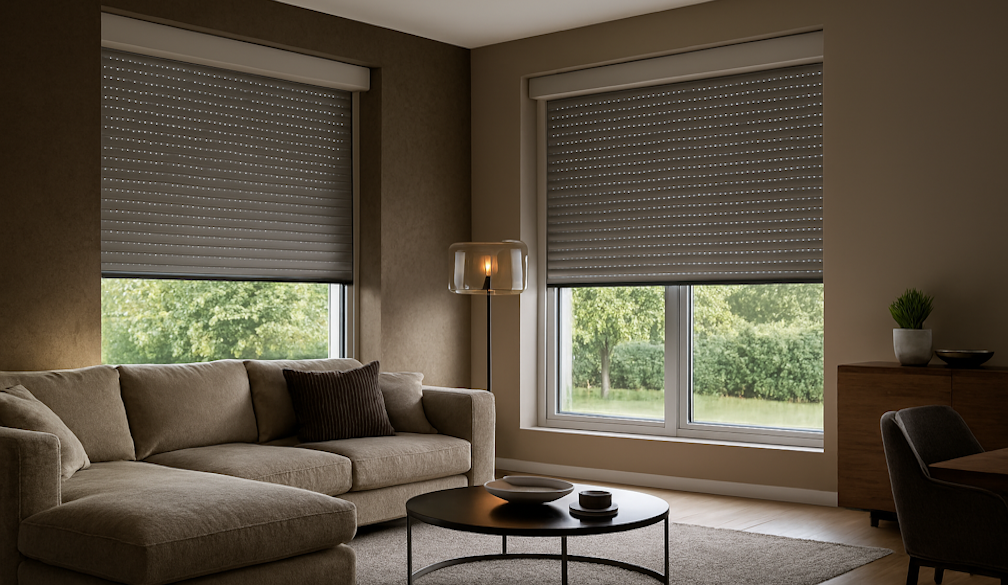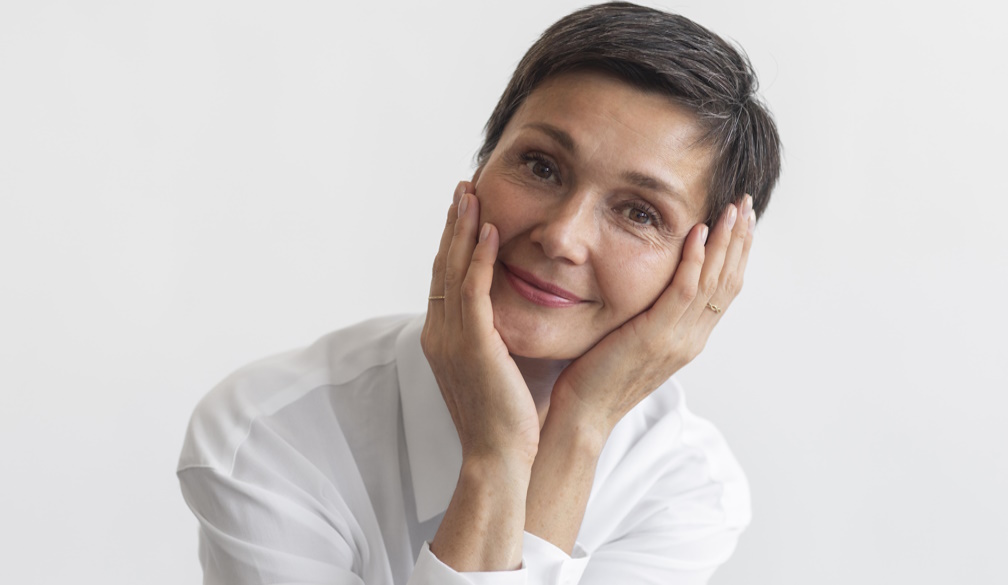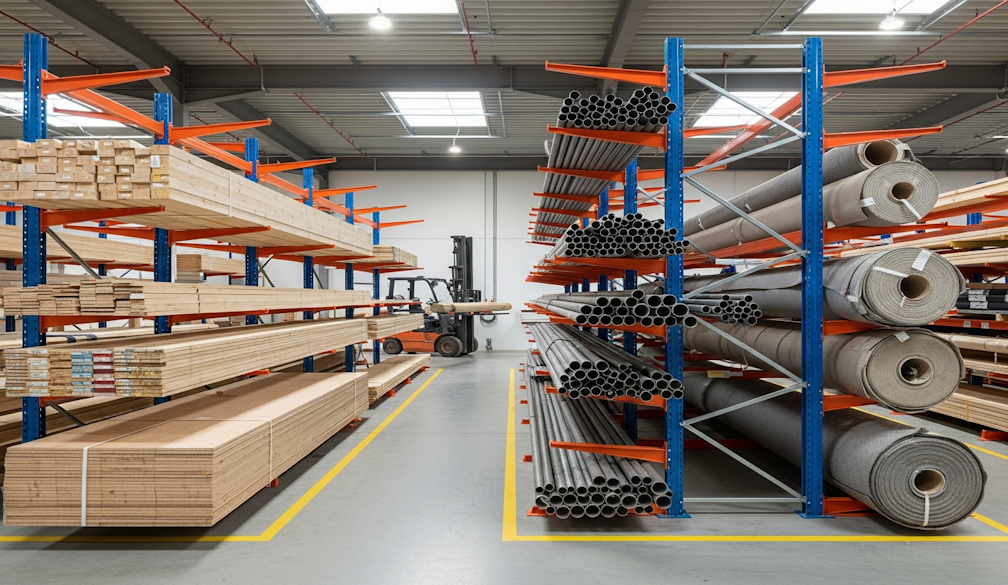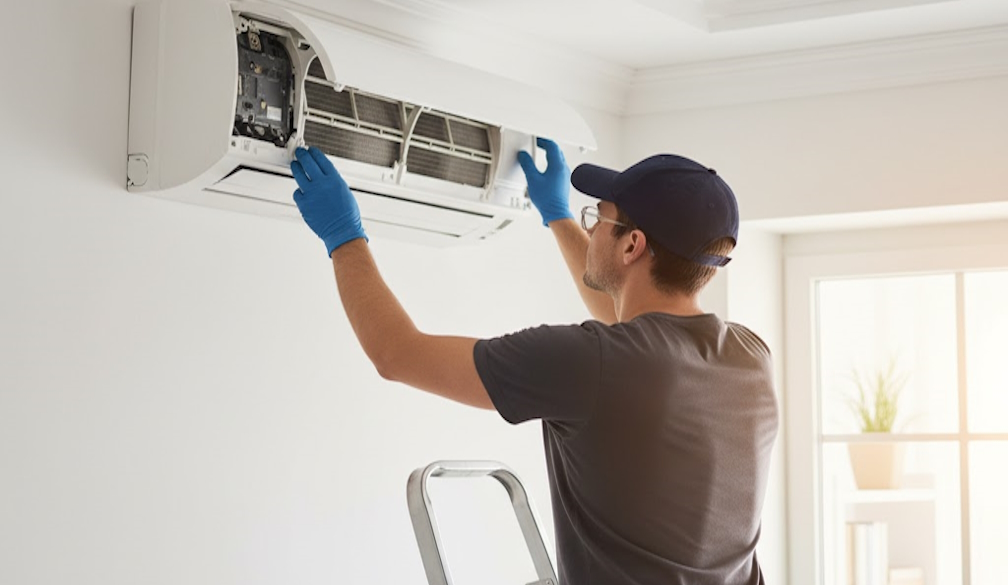how re-thinking air quality will help protect us from this and the next pandemic
- Written by Ian David Longley, Principal Air Quality Scientist, National Institute of Water and Atmospheric Research

Our complacency about indoor air contributed to our vulnerability to COVID-19, and we’ll continue to be vulnerable to COVID and other emerging threats until we re-think how we share our air.
Humans are social; we need to be with each other. That’s what made us vulnerable. Our first defences against COVID-19 were social distancing and lockdowns – highly effective against the spread of the virus, but damaging to our economies and punishing for our mental health, social support networks, family relationships and child development.
Now that Omicron is spreading and lockdowns are likely over, can we preserve the in-person experience without the risk? Science warns more variants and pathogens are surely coming, including those we have no vaccine for. Are masks enough? Can we do things better next time?
Can you recall those early, fearful days of the pandemic, not knowing when a vaccine would come, if ever? But all along there was a simple public health measure available for everyone: fresh air.
Right from the beginning I told people not to stay permanently indoors where we share our air, but to venture outside frequently (while maintaining distance) where the air is fresh.
Maintaining indoor air quality is not a new problem
I’ve spent more than 20 years researching the way outdoor air rapidly dilutes and removes contaminants, and how we can bring this power indoors. Thousands of measurements show how the turbulence (random swirling) naturally present in moving air rapidly mixes any contaminants (like a virus in our breath) with fresh air, diluting them while also carrying them away.
Indoors, you can increase the dilution of your breath by ten times simply by opening some windows. Although we only rarely see this effect (vape, for instance), our senses of smell and touch can help confirm it’s true if we pay attention.
Before COVID-19, poor indoor air quality consisted of a range of serious but seemingly disconnected problems.
Recognising the build-up of moulds and stale air in schools led to the development of indoor air guidelines for new classrooms. The release of by-product gases from indoor gas heaters caused poisoning and serious illness.
Smoke from woodburners on winter nights and exhaust from road traffic penetrate into thousands of homes, contributing to stunted lung development in children, worsening of respiratory disease and early death.
High levels of diesel fumes can accumulate in the cabins of vehicles. Paints, solvents, furniture and building materials fill many of our homes and workplaces with unsavoury chemicals.
Where we can, we should reduce these emissions at source. But by consciously ventilating the indoor spaces where we are most exposed, we can reduce all of these risks simultaneously.
Towards air hygiene
The fact COVID-19 is passed from person to person through shared air was slow to be acknowledged and translated into governmental advice. But it is now widely accepted.
Omicron appears to be even more transmissible than previous variants. Consequently, agencies are increasingly talking about ventilation as a crucial tool to be added to (and maybe outlast) distancing, masks and vaccines.
This is often taken to mean fitting expensive machinery to buildings, which is a major undertaking. The buildings posing the greater infection risk (homes, schools, places of worship, and healthcare settings) tend to be the ones without existing systems.
Read more: COVID in schools – how ventilation can help to combat spread of virus
Air conditioning already consumes 10% of all global electricity with the associated carbon emissions. High capital and running costs, as well as machine noise, can make some technologies impractical or unacceptable for many settings (think of schools), particularly where deprivation already renders a community more vulnerable to the virus.
But with enough effort, these challenges are solvable. The return on investment, through improved resilience to health risks, could be vast.
A plan of action
High rates of vaccination, compliance with lockdowns, masking and QR-code scanning, and the care we now take over distancing and physical contact, all suggest large-scale behavioural adaptations are possible. This matters because ventilation is not just about machines – it is also about developing new habits.
The more we are conscious of the air, the more purposeful we will be about protecting it. In a typical shared indoor space, 1–5% of the air you breathe has recently been exhaled by someone else. Imagine if every meal you ate included food previously chewed by someone else.
Air hygiene is a frame of mind. I’m reassured by the actions taken to ensure fresh breezes blow through open doors of cafes and shops across Auckland this summer, keeping them safe and open, often at zero extra cost.
Teachers across New Zealand are increasingly using carbon dioxide monitors to identify exactly which classrooms will need additional measures as winter approaches.
Besides windows and machines, there are other immediately available options: more flexible use of indoor and outdoor spaces, reducing the number of people in a space or the duration of use, or regular air purges when rooms are vacated.
These behavioural solutions will need to be tuned to the setting, available infrastructure and culture. Finding the right, low-carbon, equitable solution for each space is an urgent challenge that lies before us.
We’ve taken clean and safe air for granted for too long. If we continue to do so we will get caught out again and again. We should be no more accepting of contaminated air than we are of contaminated water or food.
It will be as easy as knowing when to open a window and as hard as installing billions of dollars of complex machinery. The cost of failure will be having to live through more COVID-19-like experiences knowing we could have prepared ourselves.
Authors: Ian David Longley, Principal Air Quality Scientist, National Institute of Water and Atmospheric Research



















